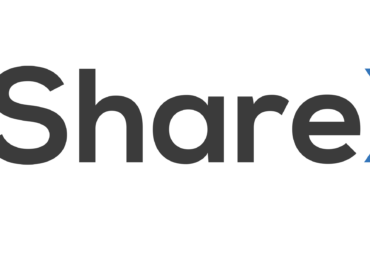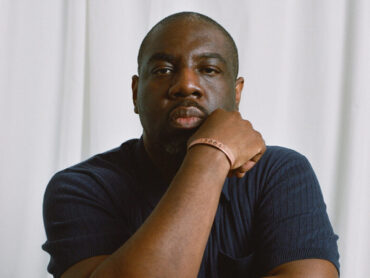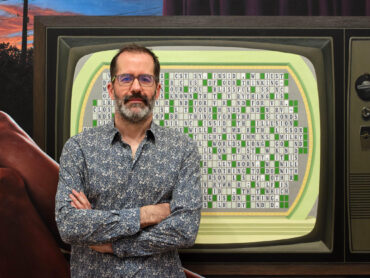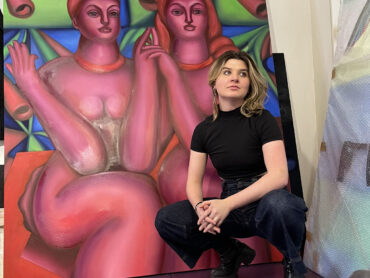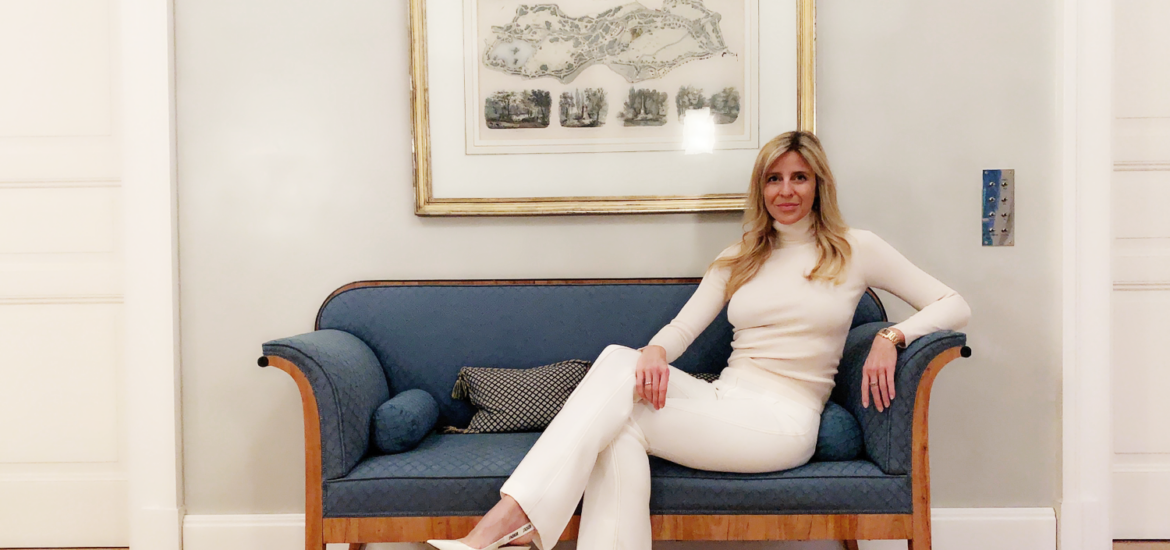
With the pandemic far from over, art market experts have to rethink what it means to be part of the art world. I sat down with Linda Helen Staudinger, Co-Founder of If So, What? a next generation art tech platform, that kicked off with an immersive art fair in San Francisco, uniting the worlds of art and technology at the heart of Silicon Valley. I asked Linda:
In what way has the pandemic affected the way people invest?
As people around the world reel from the unprecedented impacts from COVID, the appetite for high-risk investments vanishes. Investors increasingly look for reliable assets with low volatility.
The stock market, after plummeting on the back of the crisis, is more unforeseeable than ever. Some high-risk investors take advantage of the low prices and bet on double digit recovery. Some speculate on further downhill rides. But the wider population prefers not to bet in these uncertain times.
But, what do you do with the extra cash you cannot spend in restaurants, bars and theatres?
OK, if not the stock market, what about gold or Real Estate?
Gold, historically a safe asset to invest in, has shown volatility during the crisis. After a significant plunge in March, Gold has risen steadily with an all-time high greater than US$ 2.000 in August this year. It is slightly lower now (November 2020), but bankers will likely still not give a strong recommendation to buy.
Residential Real Estate, interestingly, has not seen major drops during the crisis on a worldwide perspective. House prices in major markets continue to rise. It is clear that as long as money is cheap, borrowing power will give rise to shareholder profits. Now, some speculate on a fall because the Global Real Estate Bubble Index classified many large cities as facing a bubble risk due to inflated house prices. It does not seem a great moment to invest in Real Estate either unless you bargain a great price or bet on a suburb that is likely to become a booming area.
Why art?
We are in uncertain times. What would you take if you had to abandon your house? Gold, diamonds, art? Just as gold or diamonds, art in a certain price and quality range is a relatively stable, tangible asset.
What’s special about the art market compared to other fields?
The high-end art market has consistently outperformed the stock market, gold and Real Estate. In addition, art has a low correlation to traditional assets and is ideal for portfolio diversification. Plus, except for Real Estate or investing in wine or cars, the emotional factor attached to the investment makes it even more enjoyable.
Has the pandemic affected this?
The pandemic has had a significant impact on the art industry. As people stay at home, many industries have shifted online. What is a simple shift from offline to online for other industries, is a much larger shift in the art industry: online buyers are seeking more price transparency. This is also why large art fairs included significant price disclosures for the first time.
… let’s talk about values and how they are created.
One could calculate the hours an artist has spent on an artwork, add the cost of materials, add a margin and you would have your price. As with other luxury assets, there is a premium for uniqueness, perception and reputation. Intangible values that are hard to measure. The interesting aspect of art is that the price is ultimately driven by what a buyer is willing to pay and can have massive price fluctuations even for the same artist.

Visitor at art fair If So, What? in its first edition in April 2018 in San Francisco. Artist Santiago Montoya (courtesy of the artist and Halcyon Gallery, London).
Are there other ways to measure value than money or prices?
Every piece of art has an emotional value. If you have a beautiful painting at home and you walk by every day with a smile on your face, this can be of much greater value than the actual money you paid for it. A piece of art is ultimately the dialogue between the painter and the spectator.
And how do I invest in art?
Now it becomes tricky. The artworks in this profitable high-end art market, granting high returns, start at US $1M and are hence only available to a very small group of buyers and sellers. You would actually find less than 10,000 individuals trading art pieces like this. And on the supply side, less than 0.01% of all artists are traded in the high-end market.
So I’ll give in on it?
As the market is shifting, now with the crisis accelerating, we will see more and more solutions that will make it possible to participate in this market and in similar alternative asset classes, that we currently do not know how to invest in. You can now invest in only small parts of stocks, Private Equity or Venture investments, luxury real estate or cars and can execute trades easily and for free on millennial friendly investment apps. In our generation and the ones to come, the way we invest is dramatically changing – not only what we invest in, but also how we do it. With our company If So, What? we want to contribute to this development and make illiquid assets that are difficult to access “investable”, while honoring the emotional elements of art and the lively and interactive elements of the industry.

Next generation visitors at art fair If So, What? in its first edition in April 2018 in San Francisco. Artist Dominic Harris (courtesy of the artist and Priveekollektie, Heusden, Netherlands).
What’s the best way to make decisions when it comes to alternative investments?
If you want to put down larger bills or minimize your risk, make sure to thoroughly understand the market and its dynamics – or rely on someone who does. Even good asset managers can often not tell you how alternative assets will develop, so you will have to find a person or a platform to trust.
Then, what art pieces should I buy? Can you give me specific examples?
I shall soon be able to give you the opportunity to co-invest in pieces we believe will raise in price.
If you want to buy an artwork for yourself, then my best recommendation is: Buy what you love!
What do you love about your work? (Where do you encounter beauty?)
I love technology, investment and of course art! I can’t imagine another place where I can bring these passions together and at the same time be able to influence our exciting future.
Linda Staudinger (Gieseke) Co-Founder
linda@ifsowhat.com
Linda Staudinger holds a triple diploma in international management from Paris, London and Berlin. She started her career with the Boston Consulting Group, where she managed strategy projects across 3 continents for 7 years. In 2015 she founded her own consulting company, in which she successfully defined and implemented sales and expansion strategies in the USA and Europe, including US expansions for European art and tech startups. In 2017, Linda Staudinger invested in the US art and technology company If So, What? and shortly afterwards became co-founder of this platform, whose vision is to make art accessible to everyone and engage new generations with art. The launch in San Francisco in 2018 took place with a number of well-known galleries, artists and companies and was accompanied by numerous important media.


